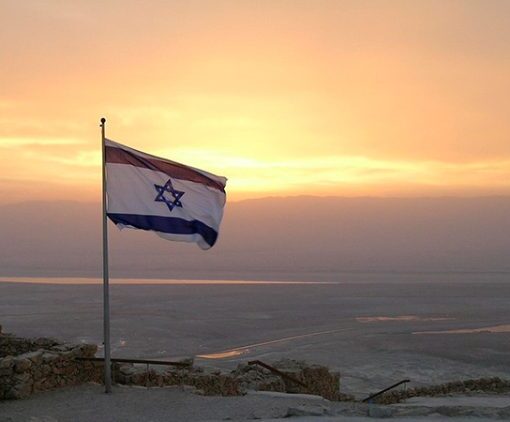QCOSTARICA — Far from reducing the activity of the Poás volcano, the intense rains affecting the country could actually generate more explosive eruptions.
This phenomenon is evident in images shared by the Comisión Nacional de Emergencias (CNE) – National Emergency Commission, which show the volcano’s incandescent glow during the early morning hours, an indicator of thermal activity in the crater.
– Advertisement –
Faced with the risk of further eruptions, Japanese volcanology experts arrived in Costa Rica to train communities, including Grecia, Naranjo, Zarcero, and Sarchí, among others, near the volcano, which have been directly affected since March.
“This helps us prepare for future eventualities. We, as community leaders, receive information from them and the Comisión to act as bridges of information with the community,” explained Óscar Cordero, of the Naranjo emergency committee.
“They have already experienced it in their country (Japan), and in this case, it is up to us to bring that information to the community,” added José Alfaro, a resident of Zarcero.
 The CNE and the Observatorio Vulcanológico y Sismológico de Costa Rica (OVSICORI)—the Volcanological and Seismological Observatory of Costa Rica—are constantly monitoring the volcano’s activity to observe changes over the coming weeks.
The CNE and the Observatorio Vulcanológico y Sismológico de Costa Rica (OVSICORI)—the Volcanological and Seismological Observatory of Costa Rica—are constantly monitoring the volcano’s activity to observe changes over the coming weeks.
Wednesday morning (May 21), the OVSICORI reported new incandescent activity and was closely monitored not only to understand the current situation but also to anticipate future eruptions.
“The volcano remains very hot, and there is still a very high gas flow, so there is a supply of heat and gas from the depths that can react with the water now entering the volcano and generate unexpected explosions,” explained Geoffroy Avard, a volcanologist at the OVSICORI.
– Advertisement –
On the positive side, can the Poás volcano ash improve soil fertility?
It’s worth reviewing what happened in Cartago after the eruptive cycle that occurred in the 1960s at the Irazú Volcano.
In March 1963, the Irazú volcano entered an eruptive cycle that lasted two years. As an immediate effect, the ash eruption generated lahars, destructive, fast-moving volcanic mudflows composed of water, volcanic ash, debris, and other material, affecting agriculture and livestock.
However, over time, this same ash contributed to the formation of fertile soils in the region.
– Advertisement –
Could the same phenomenon that occurred in Cartago during the 1960s be repeated with the recent Poás eruptions?
“We can expect that in the long term, what is happening in Poás will contribute to the fertility of the surrounding soils where this ash is falling,” said Óscar Arias, Cámara Nacional de Agricultura y Agroindustria (CNAA) – National Chamber of Agriculture and Agroindustry.
It is no coincidence that coffee thrives with such high quality in these sectors.
However, in the short term, the consequences could be severe, especially for vegetation, livestock, and tourism.
– Advertisement –
Source link
Rico



